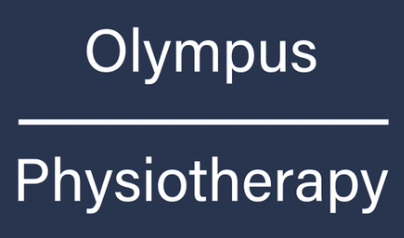Shoulder Instability
What is Shoulder Instability?
Shoulder instability occurs when the structures that normally keep your shoulder joint stable are compromised, allowing the upper arm bone (humerus) to move excessively within the shoulder socket (glenoid). This can range from subtle looseness that causes pain and dysfunction to complete dislocations where the joint comes completely apart.
The shoulder joint sacrifices stability for mobility, making it the most commonly dislocated joint in the body. Shoulder instability can be traumatic (resulting from injury) or atraumatic (developing gradually), and may involve anterior (forward), posterior (backward), or multidirectional instability patterns.
What Causes Shoulder Instability?
Shoulder instability develops through various mechanisms and contributing factors:
Traumatic causes:
Shoulder dislocations from falls, tackles, or direct impact
High-energy injuries during contact sports
Falls onto an outstretched arm with external rotation
Sudden forceful movements that exceed joint limits
Motor vehicle accidents or significant trauma
Overuse mechanisms:
Repetitive overhead activities stretching joint capsule over time
Swimming, particularly with poor technique
Throwing sports with excessive volume or poor mechanics
Gymnastics or activities requiring extreme range of motion
Gradual stretching of ligaments from repetitive stress
Anatomical factors:
Naturally shallow shoulder socket (glenoid dysplasia)
Loose joint capsule and ligaments (generalised joint hypermobility)
Labral tears that reduce socket depth
Previous shoulder surgery affecting normal anatomy
Congenital variations in bone or soft tissue structure
Contributing factors:
Muscle imbalances around the shoulder girdle
Weak rotator cuff muscles unable to provide dynamic stability
Poor scapular control and positioning
Postural stress leading to altered shoulder mechanics
Inadequate rehabilitation following previous injury
Fatigue during training or competition
What Are the Symptoms?
Shoulder instability presents with varying symptoms depending on the type and severity:
Primary symptoms:
Feeling of the shoulder "slipping" or "giving way"
Apprehension or fear when moving the arm in certain positions
Pain that may be vague and difficult to localise
Weakness in the affected arm, particularly with overhead activities
Activity-related symptoms:
Difficulty with overhead sports (swimming, tennis, throwing)
Pain and apprehension when reaching behind your back
Feeling of instability during sleep or when lying on the shoulder
Reduced performance in activities requiring shoulder stability
Compensatory movement patterns to avoid unstable positions
Recurrent instability symptoms:
Episodes of partial dislocation (subluxation) that reduce spontaneously
Increasing frequency of instability episodes over time
"Dead arm" sensation during throwing or overhead activities
Clicking, popping, or grinding sensations
Progressive loss of confidence in shoulder function
Functional limitations:
Avoidance of certain arm positions or activities
Reduced participation in sports or recreational activities
Impact on work tasks requiring overhead reach or lifting
Sleep disturbance due to fear of shoulder movement
Compensatory neck and upper back tension
Associated symptoms:
Numbness or tingling in the arm (if nerves are affected)
Muscle spasms around the shoulder
Chronic pain that may persist between episodes
Stiffness if movement is consistently avoided
Experiencing shoulder instability or recurrent dislocations? Our specialist team has extensive experience treating shoulder instability across all levels of sport, from recreational athletes to professional rugby players and UFC fighters. We provide comprehensive assessment, targeted strengthening programmes, and sport-specific rehabilitation to restore confidence and function while preventing future episodes.
